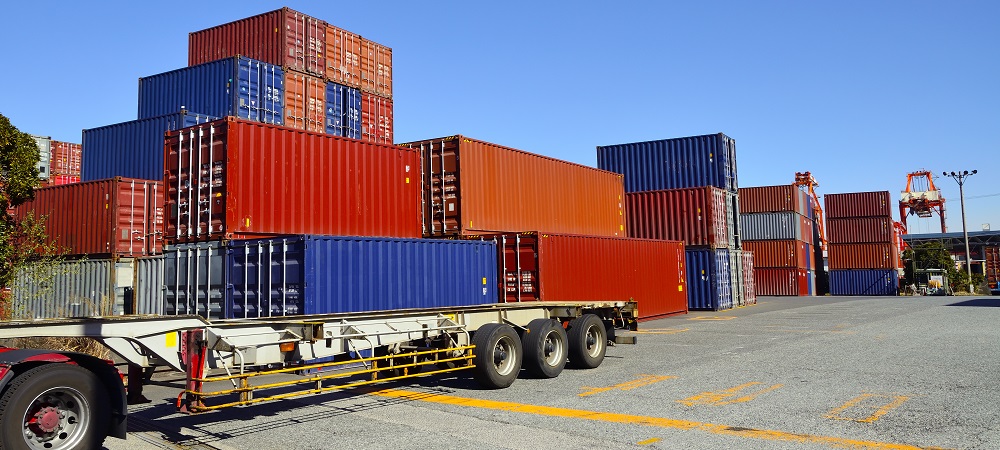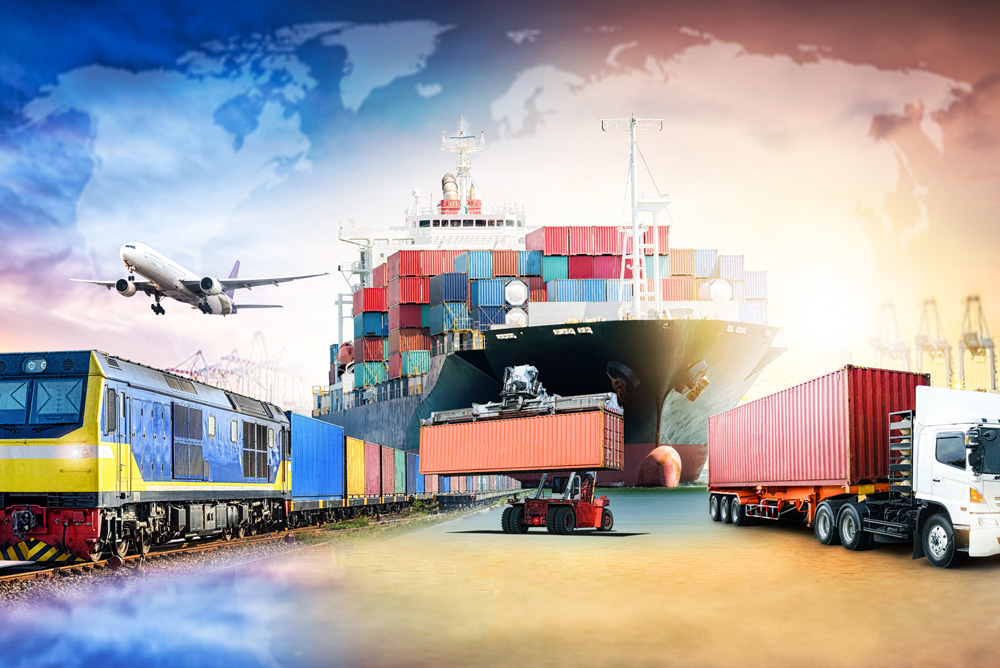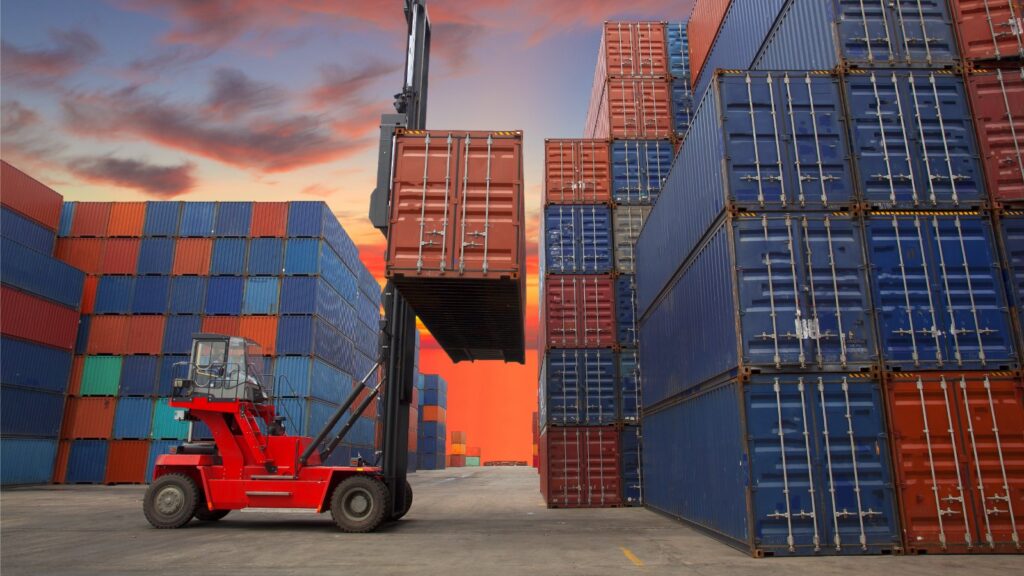Ever felt like the intermodal transportation process was just one big jigsaw puzzle? We hear ya! But don’t worry – we’ve got all the pieces you need to help understand exactly how it all fits together. Let’s hop on board and take a look at some tips for understanding the intermodal transportation process.
Benefits of Intermodal Transportation

Intermodal transportation is a cost-effective and efficient way to transport goods and materials without the need for long haul trucking or air freight. When utilizing intermodal transportation, freight is shipped using multiple modes of transport, commonly railroads and trucks, but sometimes by ship or aircraft, too. This process allows freight to travel long distances quickly while transporting one shipment instead of multiple shipments requiring numerous modes of transportation.
The benefits of intermodal trucking go beyond speed and cost-effectiveness. It is also less susceptible to weather-related delays, allowing shipments to arrive quickly despite untimely storms or extreme temperatures. Additionally, cargo containers are subject to fewer inspections than traditional shipping containers, reducing the chance for delays related to loss prevention or security measures.
Environmental impacts associated with intermodal transportation are minimal in comparison with other services due to reduced carbon emission output and fuel savings when more than one mode of transit is used during shipping. Moreover, the ability to combine different modes of transit decreases traffic congestion normally associated with single-mode trains and trucks, thus reducing road repairs while improving highway safety. Furthermore, utilizing containers can help contain spills in the event of an accident due to their strong construction and secure locks that protect contents from unexpected breaches during transit.
Key Players in the Intermodal Transportation Process

Intermodal transportation involves shipping containers by utilizing multiple modes of transportation – including truck, rail, airplane, and ship. For any intermodal shipment to be successful, it is imperative that the right set of partners and service providers are put in place. Therefore, understanding the key players involved in an intermodal shipment is essential for successfully managing the entire process.
The core players are as follows:
- Shipper/Merchant: This refers to the party responsible for getting goods into transit—normally a manufacturer or trading company.
- Freight Forwarder: A company that handles international shipments or acts as a third-party intermediary between shippers and carriers. Freight forwarders consolidate products from multiple providers and arrange delivery via a variety of transportation methods (i.e., air freight, rail freight).
- Carrier: Refers to a transportation provider such as an airline, shipping line or trucking company who transports goods from one place to another.
- Terminals/Depot Agent: A company authorized by carriers to operate and manage terminals at shipping ports or airports where cargo exchanges hands during intermodal transfer processes. Terminal agents are involved in operations such as loading/unloading containers onto other vessels as well receiving containers from different inland points and preparing them for export on board vessels.
- Transport Provider: Refers to any logistics service provider who moves containers both locally and internationally by road or rail on behalf of merchants/shippers (e.g., container haulage companies).
- Consolidators & Containers Storage Companies: Consolidators group several shipments together in order to optimize space utilization when cargo is received before departure time at terminals or depots. Additionally, these companies can store and consolidate cargo when destinations cannot be reached due to some force majeure events beyond reasonable control issues like inability of vessel sailing, port closures, or government regulations etc]. Container storage companies are involved specifically in storing empty containers for longer periods of time prior to their next international voyage.
Industry Trends in Intermodal Transportation

Intermodal transportation is a form of freight transportation in which multiple modes of transport are used to provide a complete journey for goods. It typically involves the combination of cargo ships, freight trains and trucks. This type of transportation system enables businesses to manage their logistics more efficiently, reduce their environmental impact and gain access to international markets with ease.
The global intermodal transportation industry has seen rapid growth over the past decade due to its ability to adapt to changing consumer needs and demand for greater efficiency. As more companies look for ways to reduce their carbon footprint and meet sustainability targets, intermodal transport stands out as an attractive alternative.
Industry Trends in Intermodal Transportation: In order to better understand the direction in which the industry is heading, it’s important to keep up with current trends that are driving growth and innovation in this sector:
- Consumers are looking for more cost-effective options when it comes to complex shipping and freight forwarding processes. Intermodal transportation provides businesses with a way of cutting costs while still meeting customers’ expectations on delivery timescale and product quality.
- Environmental considerations have become increasingly important as companies seek ways of reducing their carbon footprint while still maintaining efficient operations at a competitive price. Intermodal transport enables shippers to combine road haulage with low-carbon alternative modes such as rail or sea, thus contributing towards sustainability targets without significantly impacting profitability.
- Digitization is rapidly transforming the shipping process from manual administrative tasks such as data entry through processes like automated booking systems and tracking technology that improves visibility across the supply chain network for all stakeholders involved in a shipment. Furthermore digital technologies like Artificial Intelligence (AI) are increasingly being implemented across different sectors, including those related intermodal transport networks involving multiple modes – thus enhancing operational efficiency along these networks while reducing errors & increasing customer satisfaction levels.
Conclusion

In conclusion, understanding the intermodal transportation process is important for businesses that rely on efficient and reliable shipments. With the right planning, carriers can use intermodal transportation services to save time, reduce costs, and enhance efficiency.
Moreover, strategizing an effective plan for picking up and delivering goods requires careful planning and a deep understanding of the capabilities of the different types of vehicles used in the process. With knowledge of what each mode entails, companies can make informed decisions to determine which type of transportation is best suited to their shipment needs.






